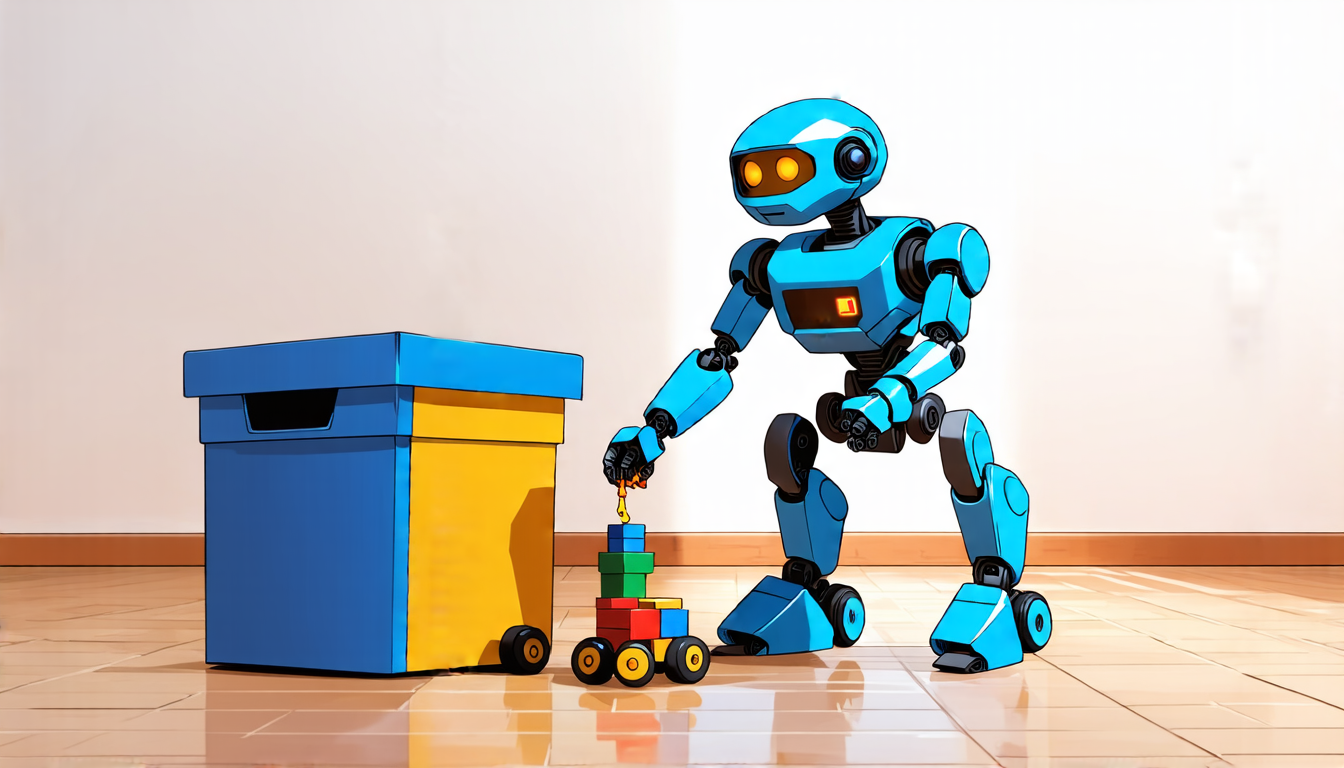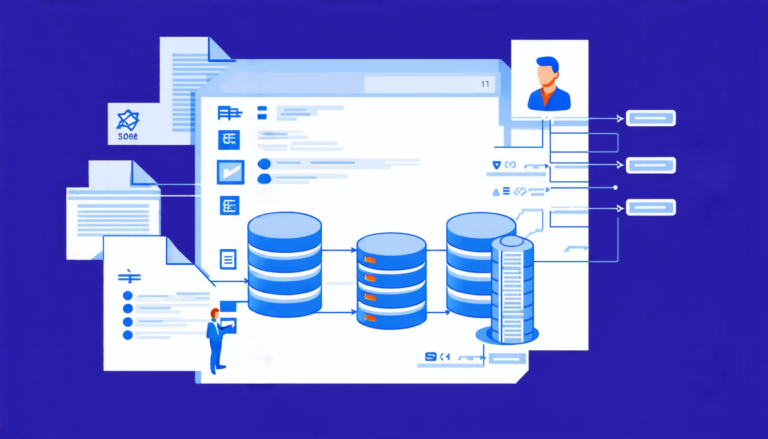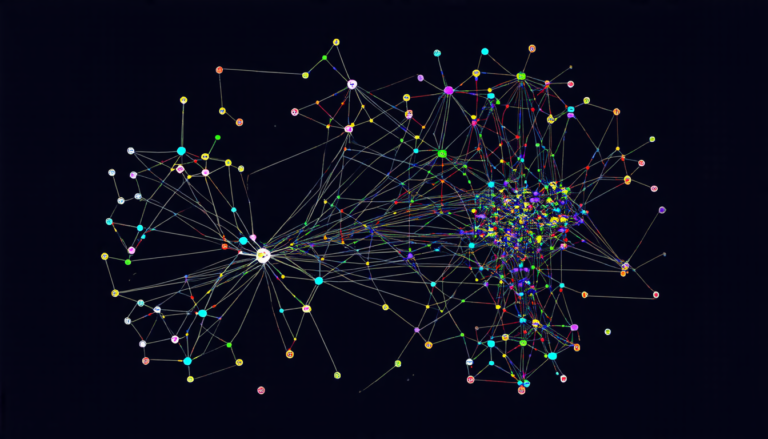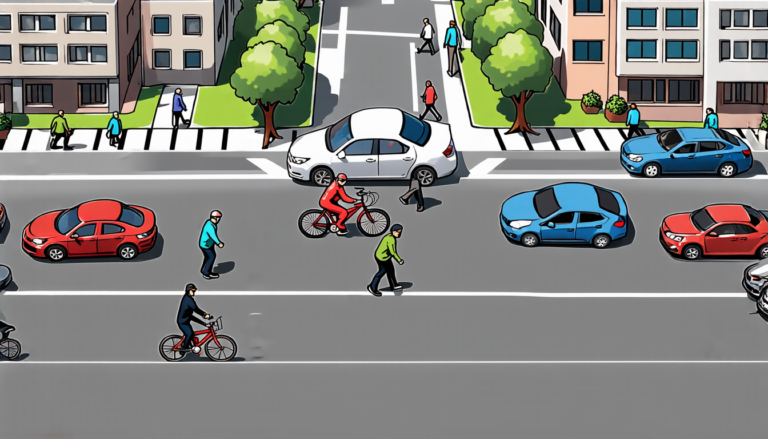Sunday 25 May 2025
Scientists have made a significant breakthrough in developing humanoid robots that can perform complex tasks, such as fetching laundry baskets and pushing trolleys, with precision and ease. The innovation involves using latent diffusion models (LDMs) to generate high-quality images of humans accomplishing these tasks, which are then used to guide the robot’s movements.
The process begins by training an LDM to synthesize realistic images of humans performing a specific task, such as picking up a box or walking with a trolley. The model is fed a series of text prompts and visual data, allowing it to learn the intricacies of human movement and behavior.
Once trained, the LDM generates a sequence of images demonstrating how a human would accomplish a particular task. These images are then used to extract keyframe information, including the robot’s configuration and contact locations. This data is fed into a whole-body trajectory optimization (TO) algorithm, which plans the robot’s movements to achieve the desired outcome.
The researchers have tested their approach on two challenging scenarios: fetching a laundry basket placed on top of a shelf and pushing a trolley filled with boxes. In both cases, the LDM-generated images helped guide the TO algorithm to generate physically consistent trajectories for the humanoid robot.
One of the key advantages of this approach is its ability to handle long-horizon tasks, which require the robot to plan movements over an extended period. Traditional robotics approaches often struggle with these types of tasks, as they rely on local optimization techniques that can become stuck in suboptimal solutions.
The use of LDMs also allows for greater flexibility and adaptability in the robot’s behavior. By generating a range of possible images demonstrating different ways to accomplish a task, the model can learn to adjust its movements based on changing circumstances or unexpected obstacles.
While this technology is still in its early stages, it has significant implications for the development of humanoid robots that can assist humans in everyday life. Imagine having a robot that can help you with chores or assist you in tasks around the house, all while working seamlessly alongside you.
The researchers are now exploring ways to further refine their approach, including integrating sensory feedback and improving the accuracy of the LDM-generated images. As this technology continues to evolve, we can expect to see humanoid robots become even more sophisticated and capable, revolutionizing the way we interact with them in our daily lives.
Cite this article: “Humanoid Robots Learn by Watching: Researchers Use Latent Diffusion Models to Guide Robot Movements”, The Science Archive, 2025.
Humanoid Robots, Latent Diffusion Models, Robotics, Whole-Body Trajectory Optimization, Image Synthesis, Machine Learning, Artificial Intelligence, Humanoid Robot Control, Task Planning, Adaptability.







